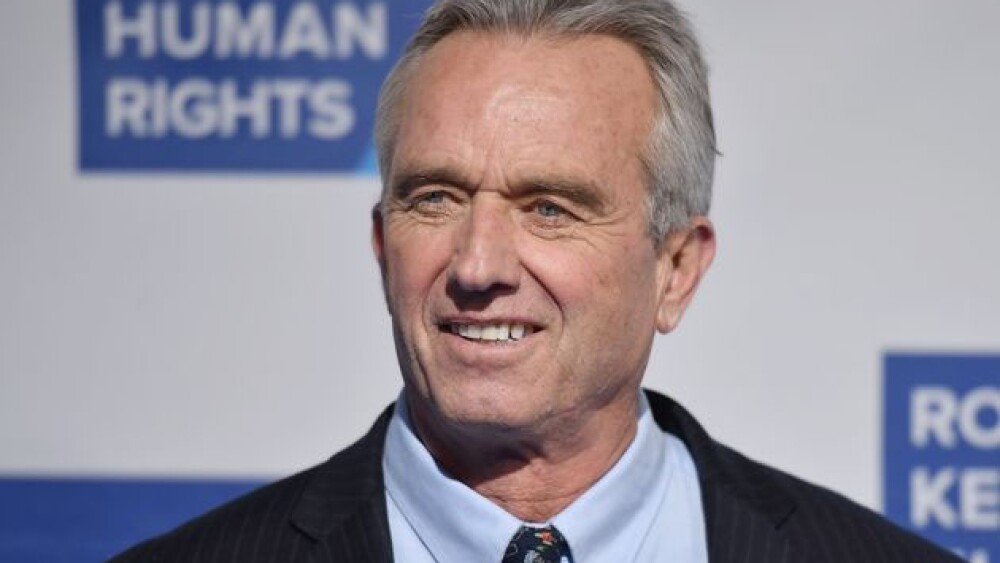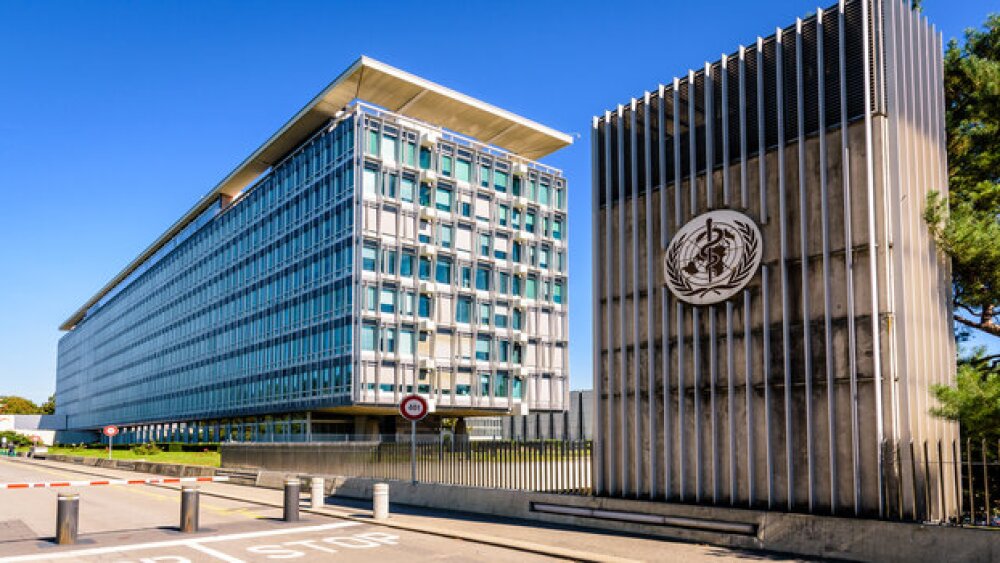Global biotherapeutics leader CSL Behring announced the closing of its global Commercialization and License agreement with uniQure for etranacogene dezaparvovec, a novel gene therapy for the treatment of hemophilia B. Etranacogene dezaparvovec is currently in Phase 3 clinical trials and has been shown to result in near-normal levels of Factor IX – the blood clotting protein lacking in people with hemophilia B. CSL Behring has been recognized as a global hematology leader for decades.
- Etranacogene dezaparvovec (AMT-061) is an investigational gene therapy that may potentially provide people with hemophilia B with years of functional levels of Factor IX, a blood-clotting protein that prevents excessive bleeding.
- uniQure will complete the Phase 3 HOPE-B trial and scale up manufacture for initial commercial supply under an agreed plan with CSL Behring.
KING OF PRUSSIA, Pa., May 6, 2021 /PRNewswire/ -- Global biotherapeutics leader CSL Behring today announced the closing of its global Commercialization and License agreement with uniQure (NASDAQ: QURE) for etranacogene dezaparvovec (AMT-061), a novel gene therapy for the treatment of hemophilia B. Etranacogene dezaparvovec is currently in Phase 3 clinical trials and has been shown to result in near-normal levels of Factor IX (FIX) – the blood clotting protein lacking in people with hemophilia B. CSL Behring has been recognized as a global hematology leader for decades.
The global licensing agreement was announced on June 24, 2020 and the closing follows the completion of antitrust reviews of the transaction in the US, the UK and Australia. Under the terms of the agreement, uniQure will receive an upfront cash payment of US$450 million, with the potential for regulatory and commercial sales milestone payments and royalties as the therapy is developed and commercialized. uniQure will complete the Phase 3 HOPE-B trial and scale up manufacture for initial commercial supply.
“We are continuing to build on our legacy of delivering lifesaving innovations in hematology with today’s news. This agreement enables us to take forward a gene therapy that, if approved, has the potential to transform the lives of hemophilia B patients, sharply reducing or eliminating bleeds and routine infusions, life-limiting restrictions, and the constant fear of debilitating injury when blood clotting levels are low,” said CSL CEO Paul Perreault. “Etranacogene dezaparvovec has the potential to be the first-ever gene therapy approved for hemophilia B and to help CSL Behring deliver on our ongoing commitment to improving the lives of those living with hemophilia B.”
Gene therapy has the potential to be life-changing and transformative, offering functionally curative benefits to people with hemophilia B with years of functional FIX levels generated by their own bodies.
“Hemophilia B patients live with the knowledge that they are at constant risk of bleeds, and that every bleed can mean that tissue or joints are irreparably damaged,” said CSL Behring’s Executive Vice President, Head of Research and Development and Chief Medical Officer Bill Mezzanotte, M.D., MPH. “Imagine what it might mean to be freed from that fear, secure in the knowledge that your self-generated FIX levels will be high enough to protect you today, tomorrow, and every day, ideally for years to come. This is the essence of great science bringing hope to patients.”
The acquisition complements both CSL Behring’s cell and gene therapy scientific platform and its hematology product portfolio, which include other treatments for hemophilia B as well as therapies for treating hemophilia A, von Willebrand disease, thrombosis, and other life-threatening conditions.
Current Results from the Etranacogene Dezaparvovec Clinical Program
Ten participants in a Phase 1/2 safety and dosing study were treated five years ago using AMT-060, a gene therapy highly similar to etranacogene dezaparvovec (AMT-061). AMT-061 uses the same delivery vehicle as AMT-060 but contains the high-activity Padua FIX gene instead of the FIX gene more commonly found in the general population.
As of December 2020, the latest report available, all 10 participants treated with AMT-060 continue to express stable FIX levels, have reduced usage of FIX replacement therapy, and have decreased bleeding frequency, demonstrating its long-lasting durability.
In December 2020, uniQure also announced that data from its Phase 2b dose-confirmation study of etranacogene dezaparvovec (AMT-061) showed that all three patients stabilized and sustained FIX activity at functional levels two years after a single dose – with increases in FIX activity of up to 51.6% of normal and a mean of 44.2%. Patients experienced zero bleeds and no longer needed routine prophylaxis with a FIX replacement therapy.
The Phase 3 HOPE-B study currently underway includes 54 study participants, with FIX activity increasing to a mean of 37% at 26 weeks (reported November 19, 2020). In all but one patient, these improvements occurred irrespective of pre-existing neutralizing antibodies. FIX activity levels will be assessed again at 52-weeks (mid-2021) to confirm that activity levels stabilized over time as they did in the Phase 2b study.
To date, no serious treatment-related adverse events have been reported in the clinical studies of etranacogene dezaparvovec or its predecessor AMT-060.
About Hemophilia B
Hemophilia B is a life-threatening degenerative disease. People with the condition are particularly vulnerable to bleeds in their muscles, internal organs, and joints, leading to pain, swelling, and joint damage. Current treatment includes life-long prophylactic infusions of FIX to temporarily replace or supplement low levels of the blood-clotting factor. This can reduce joint bleeding events, prevent life-threatening bleeds, and preserve joint function. However, infusions can be cumbersome, painful and veins can fibrose over time, making ongoing treatment difficult. A person’s immune system may also generate inhibitors against the replacement factor, negating its benefit. In addition, many people receiving prophylaxis are forced to plan their lives around the highs and lows of their FIX levels, which rise immediately after an infusion but drop over time -- leaving them especially vulnerable to bleeds and pain in the days before their next infusion. Most troubling, prophylactic FIX replacement therapy sometimes fails to control unobservable micro-bleeds in the joints, meaning that the degeneration can continue despite regular infusions. Missing an infusion may also the increase their likelihood of a life-threatening bleed or even premature death.
About Gene Therapy in Hemophilia B
Gene therapy has the potential to make a functional cure possible in hemophilia B. Gene therapy achieves this with modified non-infectious viruses called “vectors” that can enter certain cells. Vectors act as delivery trucks, carrying a package of genetic instructions to specific cells. Once delivered, the package acts like a generator that plugs into the cellular machinery, allowing a person to produce their own stable and protective levels of FIX. A certain type of vector, called an adeno-associated virus, or AAV, dissolves after delivering its package. The genetic instructions remain, but never actually become a part of a person’s own DNA.
About Etranacogene Dezaparvovec
Etranacogene dezaparvovec (also known as AMT-061) uses a specific type of AAV, called AAV5, as its delivery vehicle. The AAV5 vector carries the patent-protected Padua gene variant of Factor IX (FIX-Padua), which generates FIX proteins that work 8x harder than normal. Preclinical and clinical data show that AAV5-based gene therapies may be clinically effective in the 95 percent of hemophilia B patients with pre-existing antibodies to AAV vectors, thereby potentially increasing patient eligibility for treatment compared to other AAV gene therapy product candidates.
About CSL Behring
CSL Behring is a global biotherapeutics leader driven by its promise to save lives. Focused on serving patients’ needs by using the latest technologies, we develop and deliver innovative therapies that are used to treat coagulation disorders, primary immune deficiencies, hereditary angioedema, respiratory disease, and neurological disorders. The company’s products are also used in cardiac surgery, burn treatment and to prevent hemolytic disease of the newborn.
CSL Behring operates one of the world’s largest plasma collection networks, CSL Plasma. The parent company, CSL Limited (ASX:CSL;USOTC:CSLLY), headquartered in Melbourne, Australia, employs more than 27,000 people, and delivers its life-saving therapies to people in more than 100 countries. For inspiring stories about the promise of biotechnology, visit Vita CSLBehring.com/vita and follow us on Twitter.com/CSLBehring.
![]() View original content:http://www.prnewswire.com/news-releases/csl-behring-announces-closing-of-global-commercialization-and-license-agreement-with-uniqure-for-etranacogene-dezaparvovec-301285426.html
View original content:http://www.prnewswire.com/news-releases/csl-behring-announces-closing-of-global-commercialization-and-license-agreement-with-uniqure-for-etranacogene-dezaparvovec-301285426.html
SOURCE CSL Behring
Company Codes: Australia:CSL, OTC-PINK:CSLLY, NASDAQ-NMS:QURE




